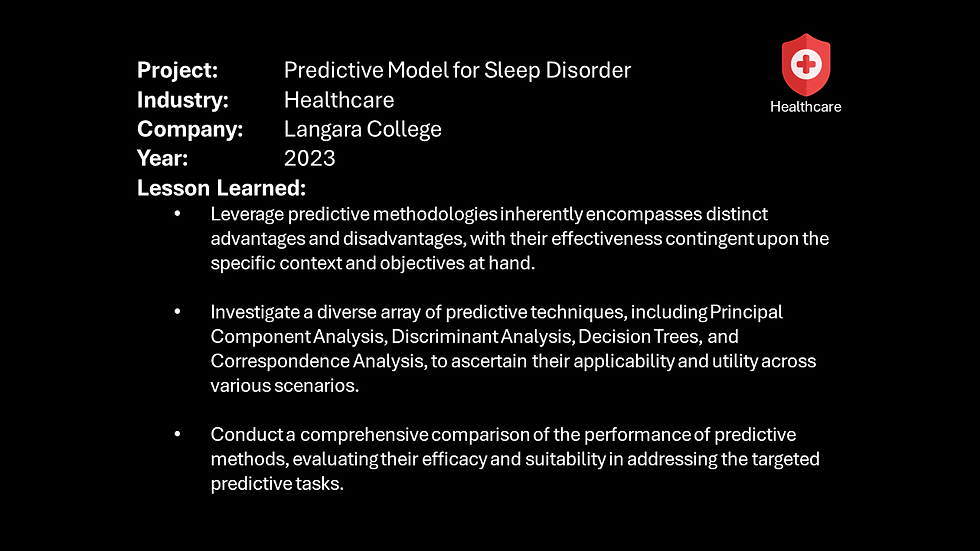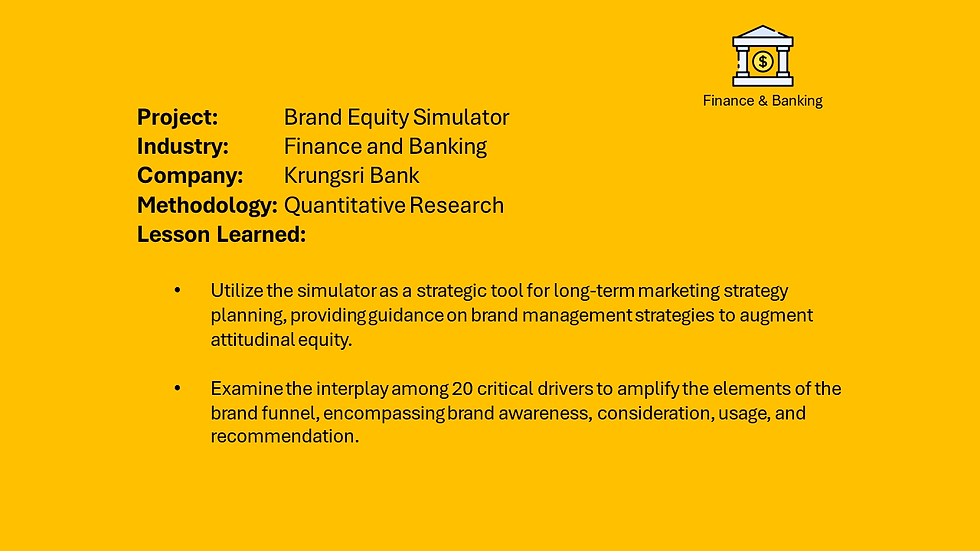2. Customer Segmentation & RFM Analysis
- Neungrutai Horakul
- Jan 22, 2024
- 1 min read
Updated: Feb 22, 2024
Description
Customer segmentation involves companies acknowledging the diversity of their customer base and tailoring marketing strategies to smaller, specific groups.
Project Objectives:
Determine the number of existing customer segments based on product purchase behavior (fish, fruit, meat, sweet wines).
Profile each customer segment.
Prioritize the customer segments.
Result
Key highlights:
1. Data Collection and Analysis:
Utilized the Customer Personality Analysis dataset from Kaggle, which includes demographics, household composition, engagement metrics, and purchase patterns.
Conducted a literature review, including a paper on RFM Model and K-Means Clustering Analysis of Transit Traveler Profiles.
Implemented demographic, psychographic, geographic, and behavioral segmentation.
2. Cluster and RFM Analysis:
Assessed clustering tendency using Hopkins and Visual Method.
Defined the number of clusters and validated them through methods like the Elbow method, Silhouette, and Gap statistic.
Analyzed customer data for RFM metrics (Recency, Frequency, Monetary) to determine customer lifetime value and segment prioritization.
3. Cluster Characteristics:
Described clusters based on characteristics like education level, marital status, average income, and average purchase number of various items.
4. RFM Analysis:
Prioritized customer segments based on RFM metrics, identifying groups like "Cannot lose them," "At risk," "Loyal Customer," "Champion," and others.
Developed potential strategies for each cluster, like welcome programs, win-back offers, and personalized communication, depending on their engagement levels and purchasing behavior.
Download full report
















